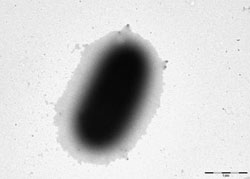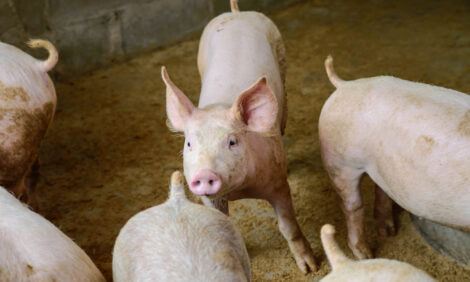



Study Opens up Possibilities to Help Diagnose, Control Glässer's disease
SPAIN - According to a study published in the "Journal of Bacteriology" involving Dr Virginia Aragon, research conducted at the Centre for Research on Animal Health (CReSA) has opened up new possibilities to help diagnose and control Glässer's disease.
Barcelona-based CReSA and the University of Cambridge's Department of Veterinary Medicine, along with other European research groups, have collaborated in the production of a bacterial capsule identifying the DNA sequences of Haemophilus parasuis.
H. parasuis is a member of the Pasteurellaceae family which frequents the upper respiratory tract of healthy pigs. However, it is best known for being the causative agent of Glässers disease in pigs, a systemic disease characterised by fibrinous poliserositis, causing high morbidity and mortality in piglets.
H. parasuis is also known to cause pneumonia and sudden death. Glässer's disease has gained considerable significance in recent years and is recognised as a major cause of economic losses in pig production.
Polysaccharides that make up the capsule are potential virulence factors of this bacterium. Strains of H. parasuis-affected animals are classified into 15 sero-varietat distinguished by several features, which include virulence.
In this study, the researchers have identified and characterised the sequences of the 15 strains and specific sequences were detected in each sero-varietat gene encoding capsule.
This discovery is a first step to understanding the basis of antigenic specificity of the strains and opens new possibilities for developing systems that could help in molecular diagnostics and disease control.
The article was published in: Howell KJ, Weinert LA, Luan SL, Peters SE, Chaudhuri RR, Harris D, Angen Or, Aragon V, Parkhill J, Langford PR, Rycroft AN, Wren BW, AW Tucker, DJ Maskell , BRaDP1T Consortium. glad Gene and diversity of the loci encoding biosynthesis of capsular polysaccharides of the 15 serovar reference Str?ini of Haemophilus parasuis. J Bacteriol. Sep 2013, 195 (18) :4264-73.








